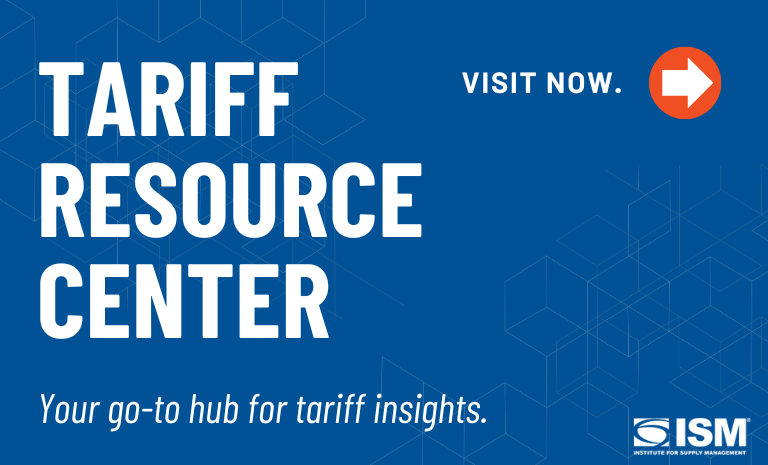Overcoming Supplier Data Challenges to Build a Data Dynasty

Editor’s note: This is the fourth article in a series, “Data Disasters Versus Data Dynasties,” authored by data consultants and engineers from IBM’s Procurement Analytics as a Service team. The series covers common downfalls that procurement organizations make with data, as well as how organizations develop a winning data strategy.
Others in the series: “Data Disasters: Is Your Supplier Data Hindering Procurement Performance?,” “Data Dynasties and Data Governance” and “Data Disasters: Hidden Risks Cost More Than You Think.”
***
Despite the strategic potential of supplier data, many organizations struggle to harness its value due to inadequate data management and underinvestment of its use.
The first issue in supplier data mismanagement occurs when organizations collect or purchase supplier information but fail to make it available and democratized across procurement and other relevant teams. This often stems from lack of integration within existing infrastructure. If teams don’t have access to data or if it isn’t merged into core platforms, decisions are made in the dark, despite the availability of valuable information.
Another frequent pitfall occurs when organizations do introduce supplier data and provide their teams access but fail to implement it strategically. Even though this data may be utilized in specific cases by individual procurement professionals, it has not been built into the procurement infrastructure. Without proper governance or integration into procurement systems, even the best data can be underutilized or ignored, leading to missed opportunities and inefficient decision-making.
Even with successful implementation and utilization of supplier data, organizations can still face major issues when relying only on supplier-provided information without external validation. This kind of data can be biased or inaccurate, especially when self-reported. Without comparison against industry benchmarks, there is a risk of making decisions based on a limited perspective.
Some organizations attempt to solve data gaps by purchasing third-party data, but third- party data is not inherently more accurate or reliable and can introduce its own risks. If the information is collected without proper validation, regardless of the source, organizations will be unable to assess supplier risk accurately and reliably, hindering internal risk mitigation goals.
The most fundamental issue in supplier data disasters is failing to collect supplier data altogether. Without any data, procurement decisions become guesswork. In extreme cases, this lack of visibility can lead to partnerships with suppliers engaged in unethical, non-compliant, or even illegal activities, exposing the business to reputational damage or legal consequences.
***
Supplier data is no longer just an operational concern; it is a strategic asset that defines how successfully a company competes in the market.
Yet many organizations face persistent challenges in collecting, maintaining and leveraging high-quality supplier data. To build a true data dynasty, organizations must address these issues head-on, transforming complexity into clarity and unlocking the full potential of supplier intelligence.
Measures include:
Vendor collaboration. Suppliers are often hesitant to share granular or sensitive data such as financials and ESG metrics. Whether stemming from concerns about losing leverage in negotiations or the perceived burden of data alignment and reporting, this supplier reluctance introduces gaps and variability in supplier data quality.
Tip: Prioritize establishing a foundation of trust, open communication and collaboration with your suppliers. Treat supplier relationships as strategic partnerships, where both parties work toward mutual benefit. Through building the relationship and shared goals, you’ll find suppliers more receptive to data requests — leading to improved data quality, reliability and long-term value.
Standardization, centralization and integration. Supplier data is often highly fragmented, collected from multiple sources with varying data types, formats and ownership. Merging these disparate datasets across systems can present a major challenge.
Tip: Define a clear process for standardizing and connecting supplier data sources up front. If building these processes proves to be a challenge, consider investing in data tools that offer automated support. Once the data is centralized, integration into the broader data environment (think your ERP system) is critical for data efficiency and utilization.
IBM, for example, is currently working with several third-party data providers to enhance its full view and understanding of the supplier base. Data collected from these providers is then merged in a system, which IBM employees can then utilize to find relevant and timely supplier data.
Data refreshes: ensuring longevity and relevance. Supplier data can quickly become outdated as markets shift, suppliers evolve, third party databases update and new information becomes available. Reactively responding to these changes could cause missed opportunities or decisions made on obsolete information. Furthermore, addressing these changes through manual updates is highly prone to error and inefficient in the long-term.
Tip: Ensure your procurement teams are utilizing timely, accurate and relevant supplier information by regularly updating it. Be proactive in your approach by establishing a refresh process (ideally feeding into the standardization and integration workflows) to automatically collect new data at regular intervals. The set up may prove challenging, but once standards are in place (with automation utilized wherever possible), the benefit will be realized with each refresh.
For one of IBM’s clients, a global food and beverage company, collecting data is particularly complex — spanning more than 10 data sources with over 30 languages, each with unique formatting and separate ownerships. With each of our stakeholders, we aligned a uniform extraction template that prioritized relevant information and set up an automated process to collect and process new data in this consistent format each month. This enabled seamless, routine updates and improved data accessibility for our client.
Supplier data governance. Strong supplier data practices are dependent on a strong governance foundation. Even with concentrated organizational efforts to clean or centralize supplier data, confusion surrounding responsibilities and roles can cause businesses to fall into a cycle of inefficiency and risk significant errors, leading to poor decisions and compliance violations.
Tip: Clearly define ownership, roles and responsibilities for all parts of the supplier data management process. Outline all standard policies and procedures for each of the processes described above (collection, cleansing, merging and refresh of data).
Establish guidelines for periodically validating collected data, assessing the performance and efficiency of existing processes, and evaluating opportunities to update or merge new supplier data resources. Strong data governance enables procurement teams to operate more strategically, efficiently, and compliantly.
***
To stay competitive in today’s data-driven procurement landscape, organizations must recognize and elevate supplier data to a strategic capability that drives smarter, faster decision-making.
Building a data dynasty is about more than just gathering data, it demands prioritization of the most valuable information, harmonization across systems fostering accessibility and usability, and, most importantly, equipping your procurement team with the critical knowledge needed to excel in their roles.

